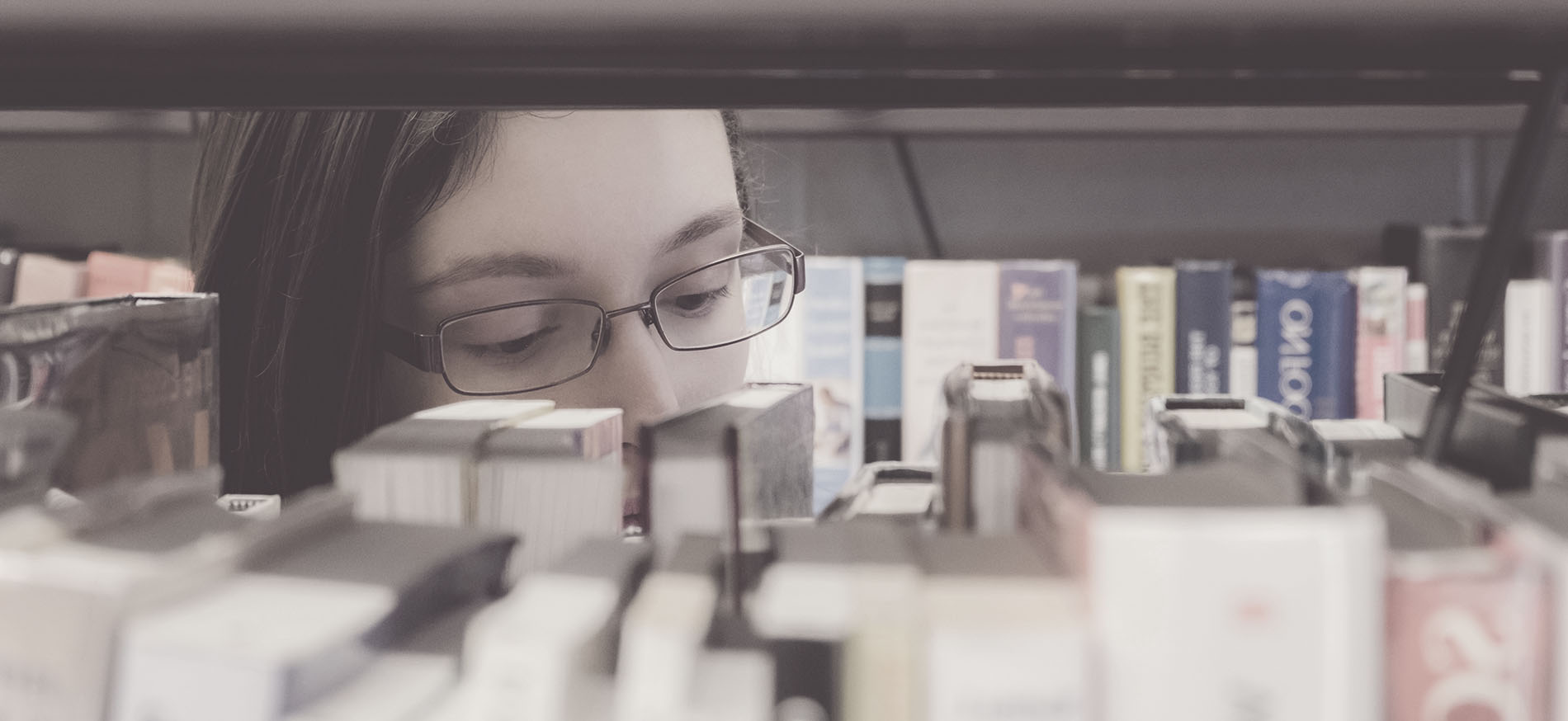Frequently Asked Questions. Search for FAQ about rhinoplasty.

Rhinoplasty | Basics
Scars after rhinoplasty last three to six months.
Most patients are pleasantly pleased with how little scarring remains following rhinoplasty. Rhinoplasty can be done in two ways: open and closed procedures. The closed approach is utilized in simple surgeries when the incision in the nose is conducted within the nose. There are no scars since the skin is stitched shut from the inside.
Incisions are made at the base of the columella, which is the soft fleshy tissue that separates the two nostrils, during an open rhinoplasty. The scar that is left is quite small and is generally only noticeable to someone looking down at your nose from below. The scar, which is visible at first, becomes less visible during the healing time.
Prior to your treatment, you will be informed of the approach your surgeon will employ, and scar placement will also be addressed so that you can make an educated decision before undergoing rhinoplasty surgery.
Rhinoplasty has no surgical alternatives. Sometimes only surgery on the interior of the nose is required to repair issues with the nasal airways. Non-surgical treatments, such as fillers, can be utilized as a temporary cosmetic therapy.
Rhinoplasty lasts a lifetime. The outcome of a well-executed rhinoplasty surgery is permanent. Even after years, unless there is a significant damage, the nose retains its ultimate shape. Changes that occur with aging are equally applicable for post-rhinoplasty. In other words, if the procedure is done early enough, cartilage grows, the tip of the nose lowers, and the skin thickens.
After reaching adulthood, the bone stops growing, but the cartilage keeps expanding for the rest of your life. As a result, it's inevitable that your nose will gradually seem bigger than it did before the operation over the course of many years and decades. You won't need to worry about this for a while.
Getting cosmetic treatments done in Switzerland is quite safe. Switzerland has created a world-class healthcare system that offers patients high-quality care.
In order to guarantee you have a safe recuperation or may enjoy the country before or after your treatment, several clinics even offer comprehensive cosmetic surgery packages. Switzerland plastic surgery is generally safe, and the success rate is high all around the nation. You should think about Switzerland for all of your plastic surgery requirements for a few reasons.
Rhinoplasty procedures can fail only 5 to 10 percent. Patients may think about having revision rhinoplasty for the following reasons: The initial procedure's results don't look well on the face. Healing did not take place as anticipated.
No, doctors typically do not break your nose for rhinoplasty. During a nose job, the bones in your nose are not shattered but, in certain instances, they are precisely cut and reset to get the desired results. Some nose jobs require no "breaking" at all since each one is specifically designed to address the anatomy and concerns of the patient.
Back to normal life routine
How long is the recovery period?
During the first week, you will feel gradually better every day. People often feel like themselves again one week following surgery. Most activities are typically resumed after one week, and full activities are usually resumed after two to four weeks. Plan to miss a week of work, class, or other commitments.
After surgery, there may be swelling (edema) which can last for several months. Most people stop seeing the swelling after a few months. Normal activities can be resumed after a week, while full activities can be resumed within two to four weeks.
You can shower the day after rhinoplasty surgery. You should avoid infection. However, your doctor will make the most accurate decision about taking a bath.
The optimum sleeping position is sleeping on your back with your head in an elevated position. This lessens post-rhinoplasty congestion and edema. Because you can't blow your nose while you sleep, the nostrils will probably become blocked if you sleep on your side, and this congestion might be bothersome.
